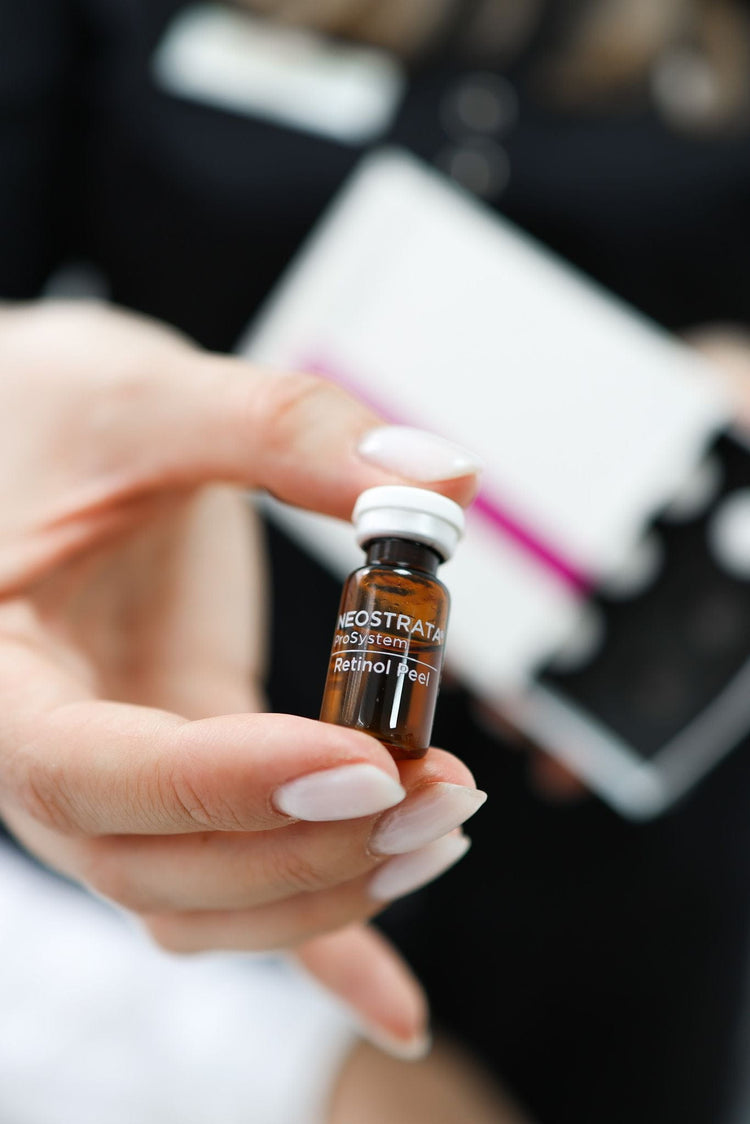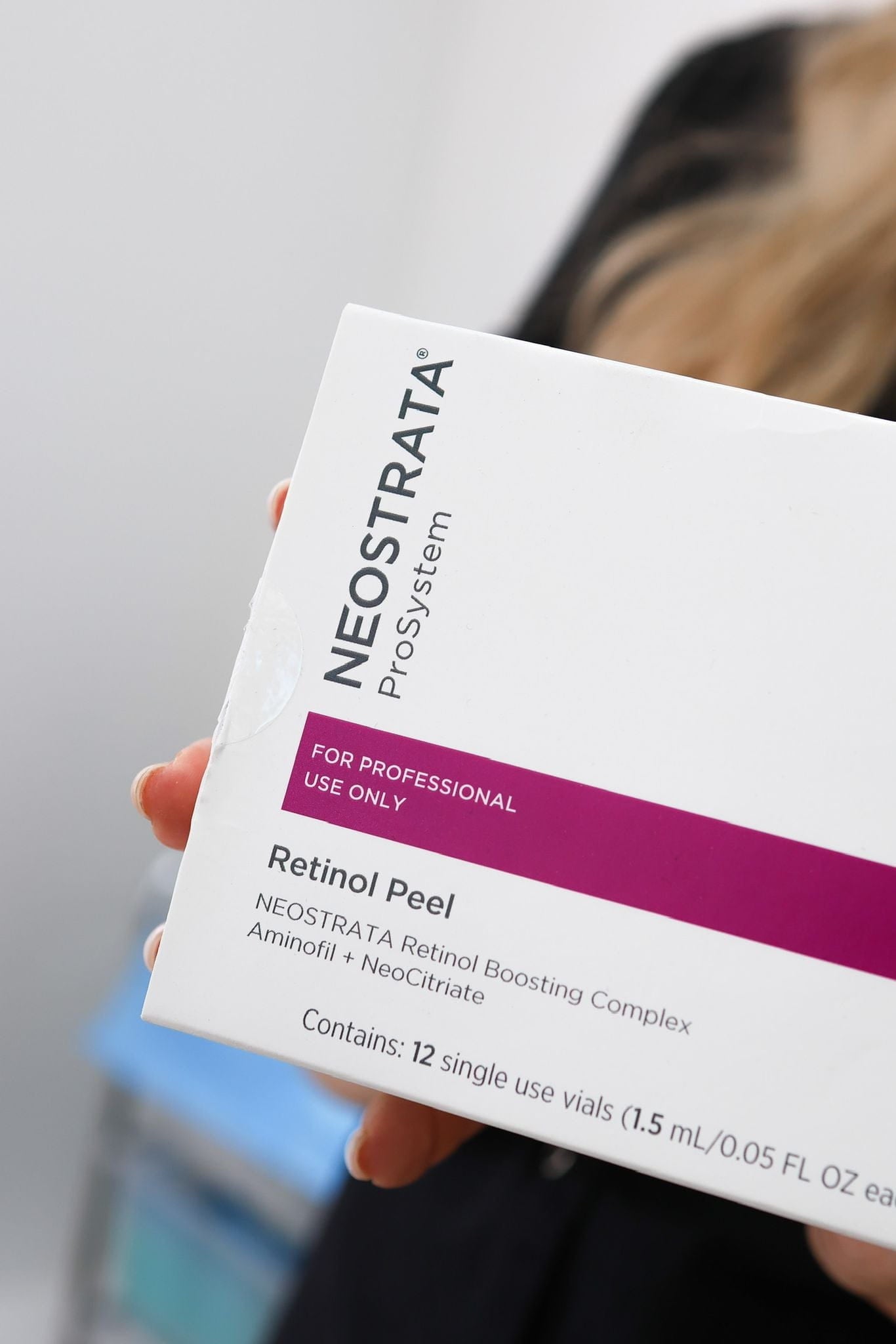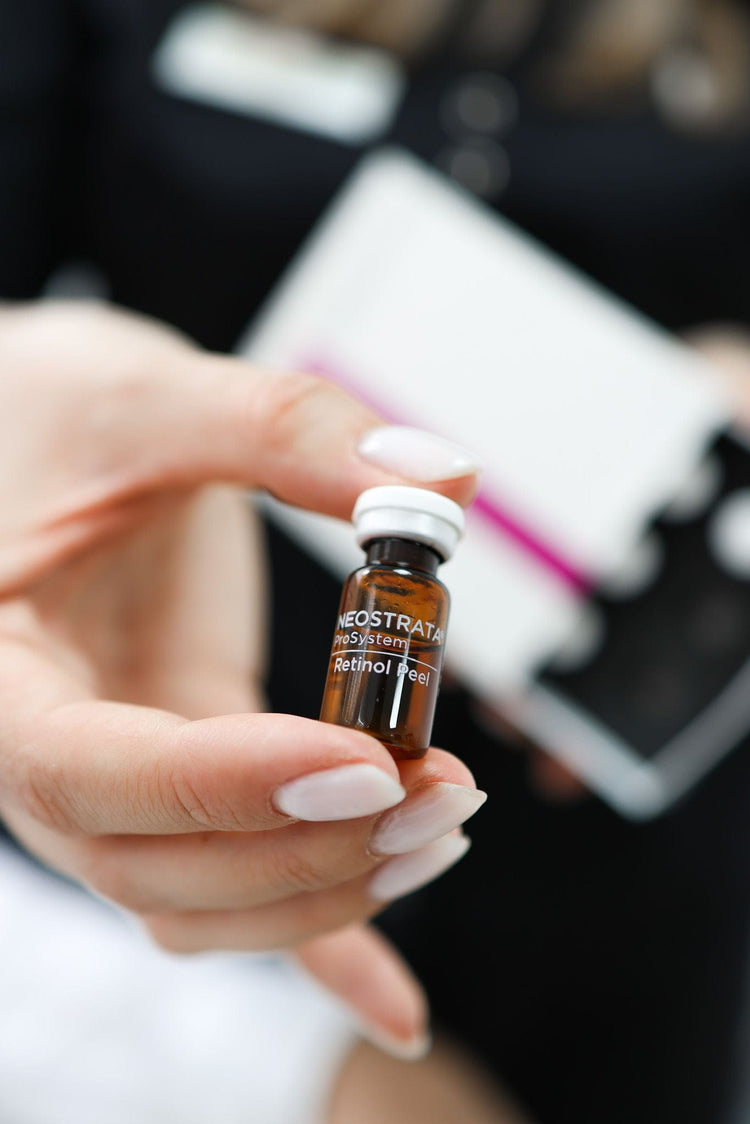Retinol Peels for Melasma
Melasma, a common skin concern characterized by brown or gray patches on the face, can be particularly troublesome in areas with strong sun exposure like Kingston Upon Thames. While sunscreen and other preventative measures are crucial, many individuals seek additional treatments to address existing pigmentation. Retinol peels have emerged as a popular option for melasma treatment, offering the potential to fade dark spots and improve skin tone.
What is Melasma?
Melasma is a common skin condition that causes brown or gray patches, primarily on the face. These patches are often symmetrical and appear on areas exposed to the sun, making it particularly prevalent in locations like Kingston Upon Thames with its sunny climate.
How Retinol Works on Melasma
Retinol, a derivative of vitamin A, is known for its effectiveness in treating various skin concerns, including melasma. It works by accelerating skin cell turnover, promoting the shedding of pigmented cells responsible for dark spots. When applied topically through a peel, retinol penetrates deeper into the skin, targeting melanin production at its source.
Retinol’s ability to inhibit tyrosinase, an enzyme involved in melanin synthesis, further contributes to its melasma-fighting properties. By reducing melanin production, retinol gradually helps lighten existing pigmentation and prevent new dark spots from forming. It also stimulates collagen production, improving skin texture and reducing the appearance of fine lines, enhancing overall skin clarity.
Benefits of Retinol Peel for Melasma
The benefits of a retinol peel for melasma in Kingston Upon Thames are multifaceted.

Firstly, retinol’s ability to accelerate cell turnover allows for the shedding of pigmented cells responsible for melasma patches.

Secondly, retinol inhibits tyrosinase, an enzyme crucial in melanin production. This reduces the formation of new pigment and helps lighten existing discoloration.
Beyond pigmentation correction, retinol stimulates collagen production, leading to improved skin texture and a reduction in fine lines, contributing to a more youthful and even complexion.
Procedure for a Retinol Peel
A retinol peel for melasma treatment involves multiple steps. Initially, the skin is cleansed and prepared using a gentle cleanser and exfoliating agent. Then, a solution containing varying concentrations of retinol is applied to the face, typically left on for a specific duration, allowing it to penetrate the skin.
After the designated time, the peel is neutralized with a neutralizing solution to prevent further penetration and potential irritation. The treated area might feel slightly tight or sensitive afterwards.
Post-peel care instructions are crucial for optimal results and minimizing any discomfort. These typically include using gentle cleansers, moisturizers, and sunscreen to protect the newly exfoliated skin from the sun’s harmful rays.
Recovery and Aftercare Instructions
Melasma, a common skin concern characterized by brown or gray patches on the face, can be particularly troublesome in areas with strong sun exposure like Kingston Upon Thames. While sunscreen and other preventative measures are crucial, many individuals seek additional treatments to address existing pigmentation. Retinol peels have emerged as a popular option for melasma treatment, offering the potential to fade dark spots and improve skin tone.
Retinol, a derivative of vitamin A, is known for its effectiveness in treating various skin concerns, including melasma. It works by accelerating skin cell turnover, promoting the shedding of pigmented cells responsible for dark spots. When applied topically through a peel, retinol penetrates deeper into the skin, targeting melanin production at its source.
Retinol’s ability to inhibit tyrosinase, an enzyme involved in melanin synthesis, further contributes to its melasma-fighting properties. By reducing melanin production, retinol gradually helps lighten existing pigmentation and prevent new dark spots from forming. It also stimulates collagen production, improving skin texture and reducing the appearance of fine lines, enhancing overall skin clarity.
A retinol peel for melasma treatment involves multiple steps. Initially, the skin is cleansed and prepared using a gentle cleanser and exfoliating agent. Then, a solution containing varying concentrations of retinol is applied to the face, typically left on for a specific duration, allowing it to penetrate the skin.
After the designated time, the peel is neutralized with a neutralizing solution to prevent further penetration and potential irritation. The treated area might feel slightly tight or sensitive afterwards. Post-peel care instructions are crucial for optimal results and minimizing any discomfort.
These typically include using gentle cleansers, moisturizers, and sunscreen to protect the newly exfoliated skin from the sun’s harmful rays.
Possible Side Effects
Retinol peels can have several potential side effects, some common and others less frequent.
Common side effects include redness, peeling, dryness, and sensitivity. These are usually mild and temporary, resolving within a few days to a week after the treatment.
Less common but more serious side effects can occur, such as burning, itching, blistering, or scarring. These are less likely with proper pre-treatment skin preparation and post-treatment care.

It’s essential to consult with a dermatologist experienced in retinol peels to determine if this treatment is suitable for your skin type and to understand the potential risks and benefits.
Factors Affecting Results
Several factors can influence the effectiveness of retinol peels for melasma treatment. Skin type, including its sensitivity and oiliness, plays a crucial role. Individuals with oily or combination skin may respond better to retinol treatments as their skin’s natural exfoliation process is accelerated.
The severity of melasma also affects results. Mild cases may see significant improvement after a few peels, while moderate to severe melasma might require multiple sessions and potentially a combination of other treatments for optimal outcomes.
Adherence to post-treatment care instructions is paramount for maximizing results and minimizing potential side effects. This includes diligently using sunscreen, avoiding sun exposure, and following the dermatologist’s recommendations regarding moisturizer and cleanser choices.
The concentration of retinol in the peel solution can also influence its effectiveness. Higher concentrations may yield faster results but could increase the risk of side effects. A dermatologist will determine the appropriate concentration based on your skin type and melasma severity.
Finally, genetics and individual responses to treatment play a role. Some individuals may experience quicker and more noticeable improvements compared to others, even with identical treatments.
Finding a Qualified Practitioner in Kingston Upon Thames
Melasma is a common skin condition that causes brown or gray patches, primarily on the face. These patches are often symmetrical and appear on areas exposed to the sun, making it particularly prevalent in locations like Kingston Upon Thames with its sunny climate.
Finding a qualified practitioner for retinol peels in Kingston Upon Thames can be accomplished through several avenues:
- Online Directories: Utilize online platforms such as Google Maps, Yelp, or specific aesthetic medicine directories to search for practitioners specializing in skincare and chemical peels in your area.
- Referrals: Seek recommendations from friends, family, or your primary care physician. Personal referrals can often lead to trustworthy practitioners.
- Dermatology Associations: Contact the British Association of Dermatologists (BAD) or other relevant professional organizations for a list of registered dermatologists in Kingston Upon Thames.
When choosing a practitioner, consider their experience with retinol peels specifically for melasma, patient reviews, and whether they offer a consultation to discuss your individual needs and concerns.
Cost of Retinol Peel Treatments
The cost of retinol peel treatments for melasma in Kingston Upon Thames can vary depending on several factors including the practitioner’s experience, the concentration of retinol used, and the number of sessions required. Generally, expect to pay between £100 to £300 per session.
Average Prices in Kingston Upon Thames
The cost of retinol peel treatments for melasma in Kingston Upon Thames can vary depending on several factors including the practitioner’s experience, the concentration of retinol used, and the number of sessions required. Generally, expect to pay between £100 to £300 per session.
Factors Influencing Cost
The cost of retinol peel treatments for melasma in Kingston Upon Thames can vary depending on several factors including the practitioner’s experience, the concentration of retinol used, and the number of sessions required. Generally, expect to pay between £100 to £300 per session.
- Sculptra Surrey – Collagen Stimulation Therapy Near Ewhurst, Surrey – June 4, 2025
- What Is A Polycule And How Does It Work? – June 3, 2025
- Why Vista Edge Vape Is The Best Choice For 510 Thread Cartridges – June 3, 2025

